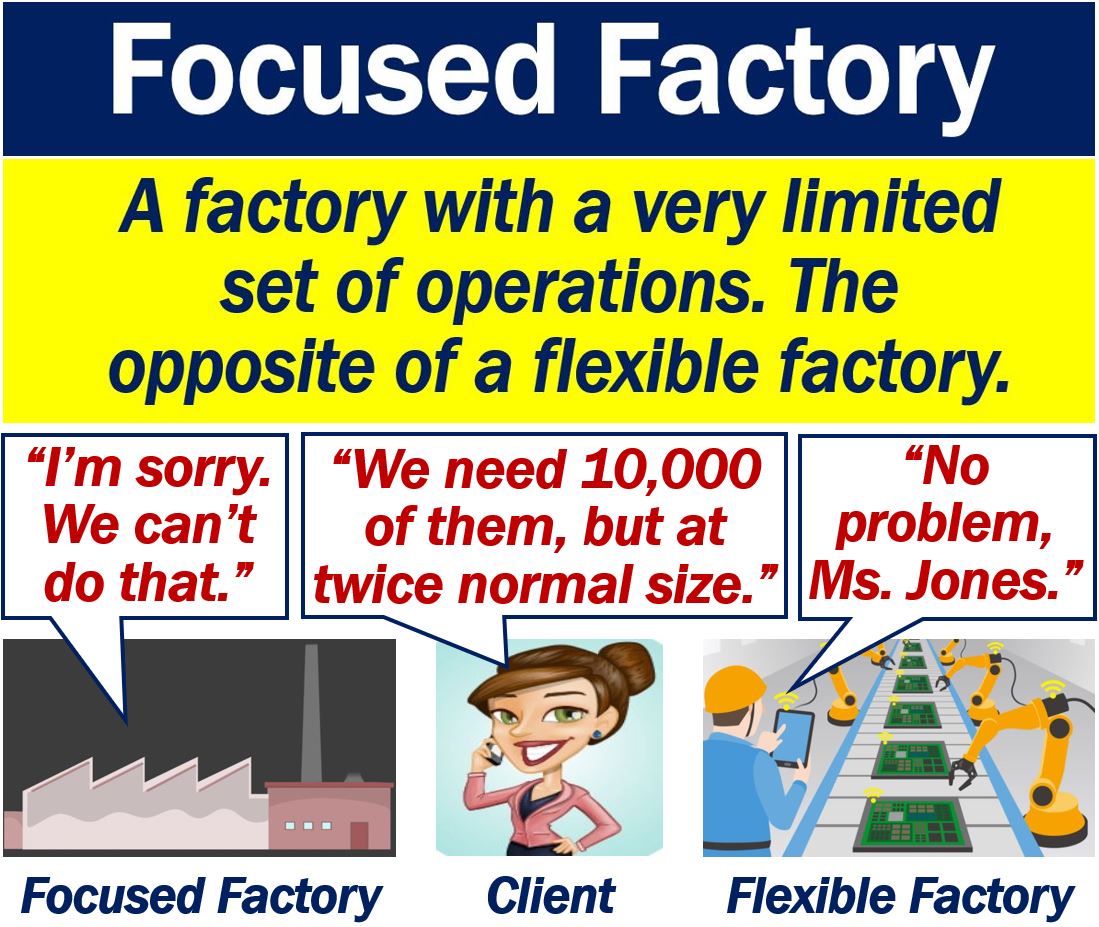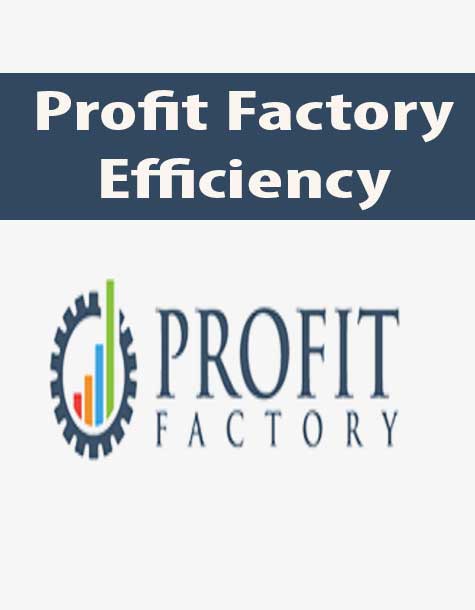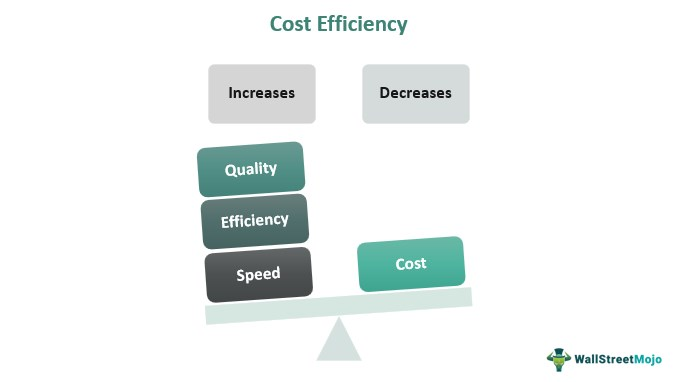The Factory System Focused On Efficiency And Profit By

The relentless hum of machinery, a constant thrumming that defined an era, echoes even now in our understanding of modern production. It’s the legacy of the factory system, a revolutionary shift that irrevocably altered the landscape of work, society, and the global economy. But beneath the veneer of progress lies a complex tapestry of social upheaval, economic disparity, and a persistent drive for efficiency and profit, raising questions about the true cost of industrial advancement.
At its core, the factory system represented a radical departure from traditional modes of production, concentrating labor and resources under a single roof, powered by new technologies. This article delves into the history of the factory system, examining its unwavering focus on efficiency and profit maximization. It explores the system's social and economic consequences, the rise of labor movements, and its enduring influence on contemporary manufacturing and global supply chains. We will analyze perspectives from historical records, economic data, and sociological studies to present a balanced account of this transformative period.
The Birth of Efficiency: Mechanization and Centralization
The late 18th and early 19th centuries witnessed a wave of technological innovations, most notably in Britain, that laid the foundation for the factory system. The invention of machines like the power loom and the cotton gin dramatically increased production speed. These machines, often too large and expensive for home use, necessitated the creation of centralized workplaces – factories.
This centralization, coupled with the division of labor, formed the bedrock of the factory system's efficiency. Tasks were broken down into smaller, repetitive actions, assigned to individual workers specializing in a single process. This specialization dramatically reduced the time and skill required to produce goods, leading to a significant increase in output.
The Adam Smith Influence
The principles of the division of labor were notably articulated by Adam Smith in his seminal work, "The Wealth of Nations." Smith argued that dividing labor increased efficiency through specialization, time savings, and the development of specialized tools. Factories epitomized these principles, transforming artisans into cogs in a vast industrial machine.
The Pursuit of Profit: Driving Forces and Consequences
The pursuit of profit was the engine driving the adoption and expansion of the factory system. Increased efficiency translated directly into lower production costs and higher profit margins for factory owners. This incentivized further investment in technology and expansion, creating a cycle of industrial growth.
However, this relentless pursuit of profit came at a significant cost. Workers, often drawn from rural areas seeking employment, faced grueling working conditions, long hours, and low wages. Child labor became commonplace, as children were employed in dangerous jobs due to their small size and lower pay.
"The factory system... seems to me to present a new phase of social disease" - Robert Owen, early socialist and factory reformer.
The exploitation of labor was a widespread concern. Reports from the era document the harsh realities of factory life, including unsafe working environments, lack of job security, and inadequate housing for workers.
The Social and Economic Impact: A Double-Edged Sword
The factory system triggered profound social and economic transformations. It contributed to rapid urbanization, as populations migrated to factory towns in search of work. This led to overcrowding, sanitation problems, and the rise of slums.
The factory system also created new social classes. A wealthy class of factory owners and industrialists emerged, alongside a large working class dependent on wage labor. This growing inequality fueled social unrest and the rise of labor movements. Trade unions began to form to protect workers' rights, demanding better wages, safer working conditions, and shorter hours.
The Rise of Labor Movements
Labor movements played a crucial role in mitigating the negative consequences of the factory system. Through collective bargaining, strikes, and political activism, they gradually secured improvements in working conditions and wages. Legislation such as the Factory Acts in Britain aimed to regulate working hours and child labor, albeit with limited initial effectiveness.
The Factory System's Enduring Legacy: Modern Manufacturing and Global Supply Chains
The principles of efficiency and profit maximization that underpinned the factory system continue to shape modern manufacturing and global supply chains. Lean manufacturing, just-in-time production, and automation are all contemporary manifestations of the drive for efficiency that began in the factories of the 19th century.
However, the social and environmental consequences of these practices remain a concern. Exploitation of labor, particularly in developing countries, and environmental degradation are persistent challenges in the globalized economy.
Ethical sourcing, sustainable production, and corporate social responsibility are increasingly important considerations for businesses. The legacy of the factory system serves as a reminder of the need to balance efficiency and profit with social and environmental well-being.
Looking Ahead: A More Equitable and Sustainable Future
The factory system, with its focus on efficiency and profit, undeniably propelled industrial progress. However, its history also serves as a cautionary tale about the potential for exploitation and social disruption.
As we move forward, it is essential to learn from the past and strive for a more equitable and sustainable future. This requires prioritizing worker welfare, environmental protection, and ethical business practices alongside economic growth. Perhaps with the continued adoption of AI-driven technologies, the work will be much more streamlined.
By embracing innovation while remaining mindful of its social and environmental impact, we can harness the power of the factory system's legacy to create a better world for all.















.jpg)


